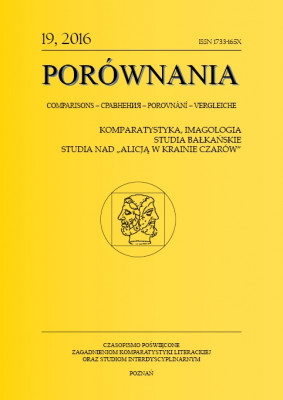In the Librettos of J. Ch. Chmelenský and K. želenský ("Image of the Neighbour" in the 19th Century Czecho-Slovak Cultural Relations)
The paper draws on the ideas of one of the co-founders of imagology H. Dyserinck who claims that in the “image of the neighbour” there should be the prevalence of reception over the theory of influence, i.e. the prevalence of intercultural dialogue over the manifestation of the level of development of one literature over another. In Czecho-Slovak relations, the image of “one´s own” (autoimage) and the image of the “other” (heteroimage) were in the 19th century limited, out of ideological reasons, to the creation of such cultural discourse in the narrative form which would include the themes and images supporting the theory of intra-cultural unity. Making use of intertextuality, the paper analyses semantic and generic transformations of the tinker topos which was in the 19th century the most frequent stereotype associated with the Slovak context, namely, in the opera librettos of J.K. Chmelenský [] (the first Czech singspiel from 1826 by F. Škroup) and K. Želenský [] (composed by S. Suda, Prague premiere in 1898). The genetic dependence of both texts is also supported by analogical motifs, especially a high profile acquired by the song [], which later became the Czech national anthem. In spite of the distance of more than half a century, the popularity of both operas points to the potential connotations of this topos (exotic otherness, social degradation, a type of Slovak patriot, etc.) which suited the growing political topicality of the Czecho-Slovak solidarity at the end of the 19th century.
| Article Title | Type | Size |
|---|---|---|
| 03 Anna Zelenkova | [pdf] | [196 KB] |
